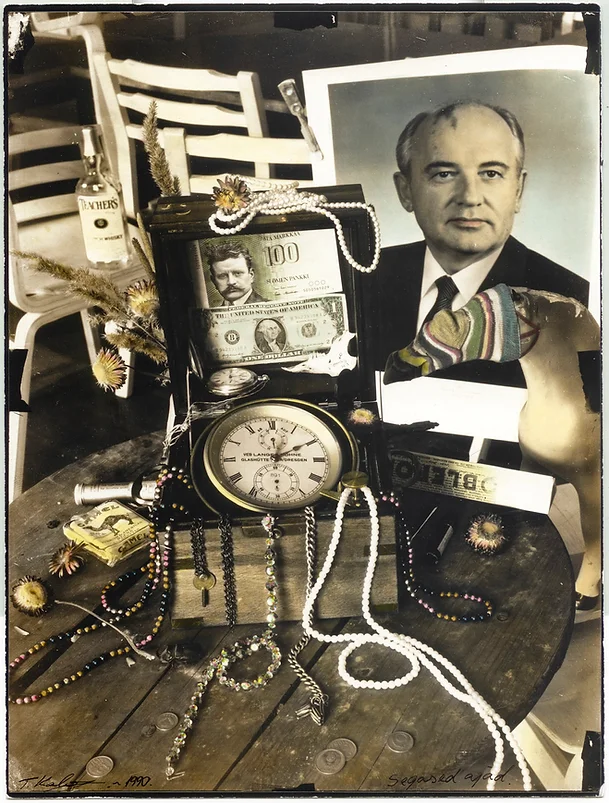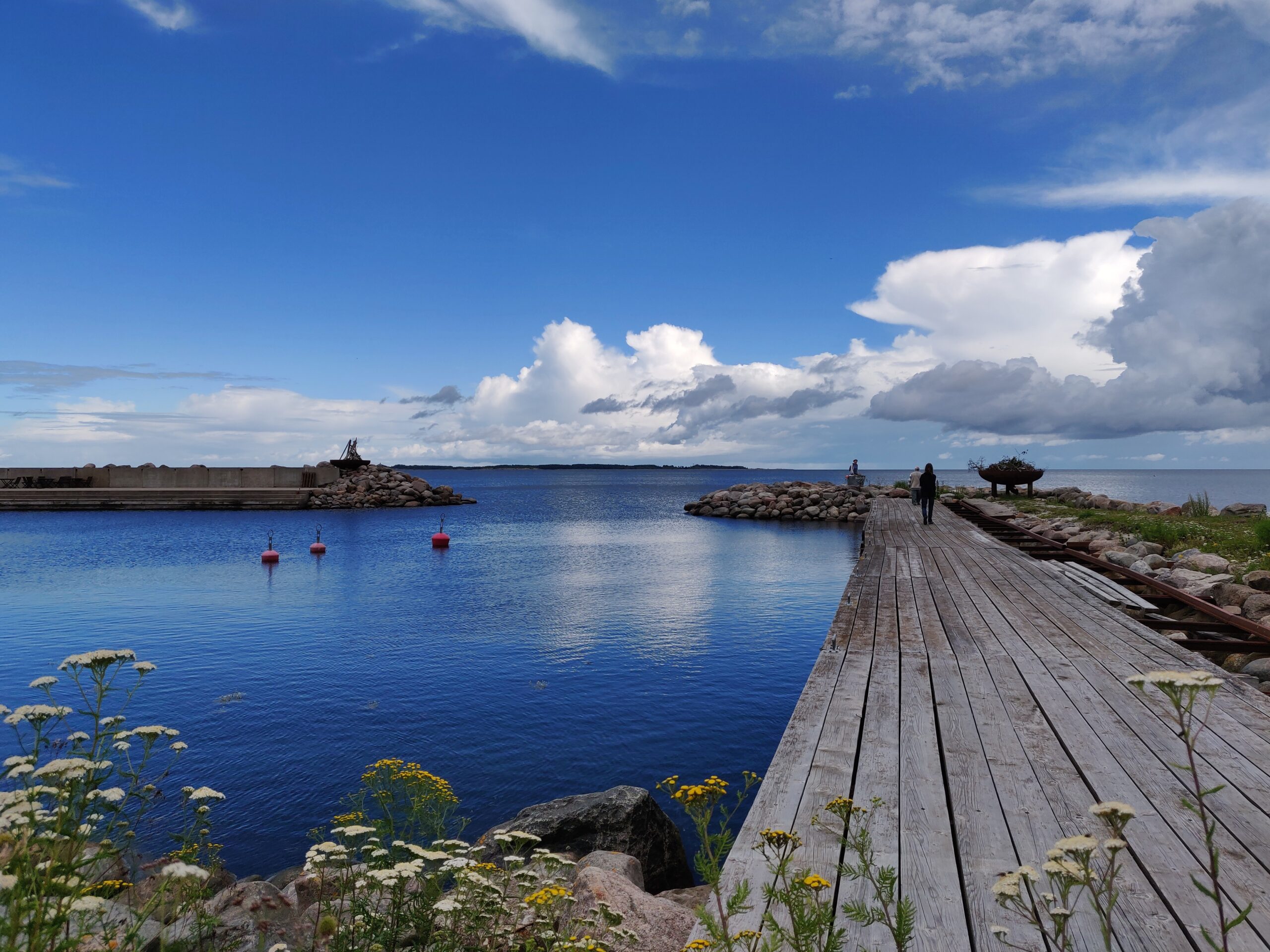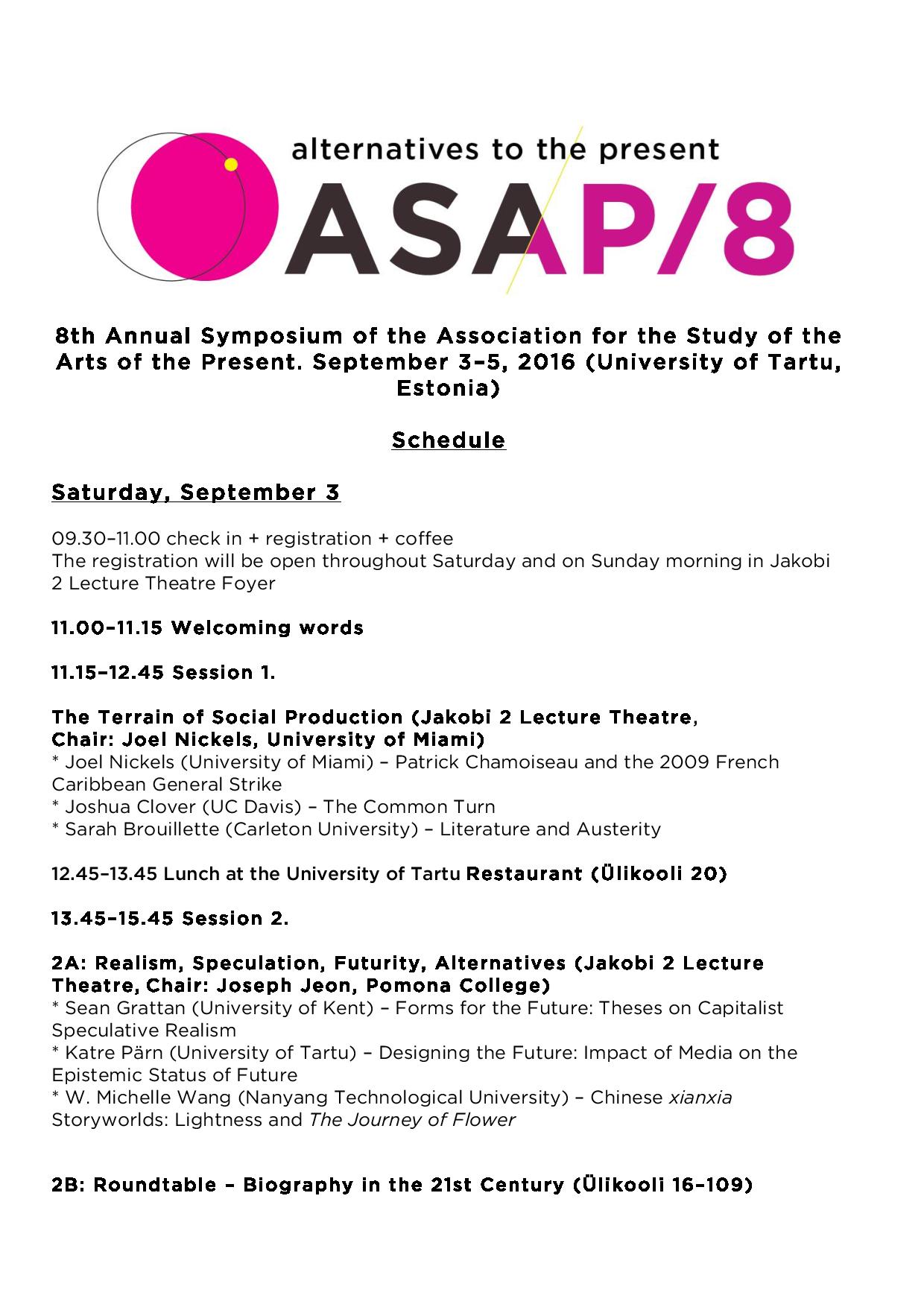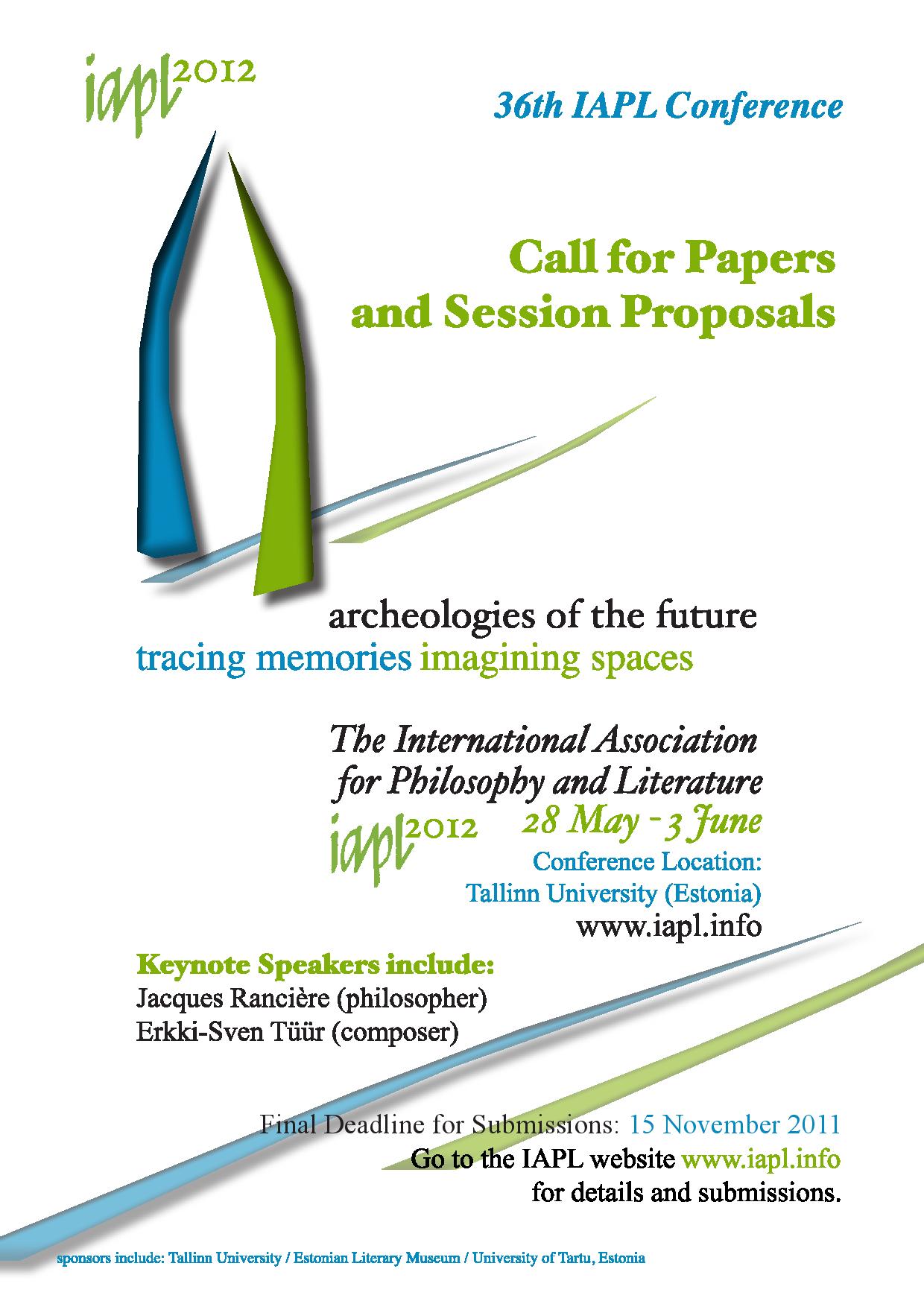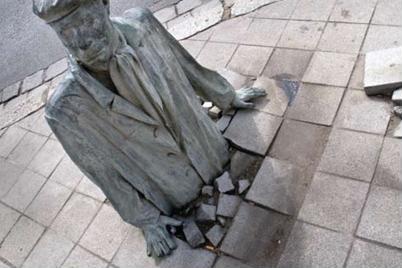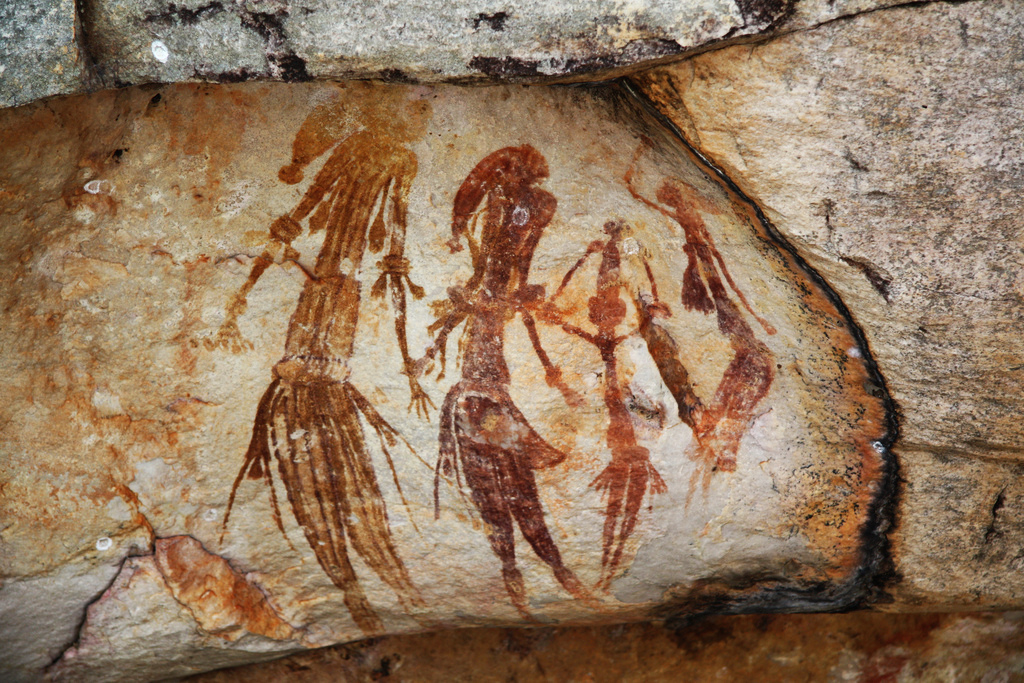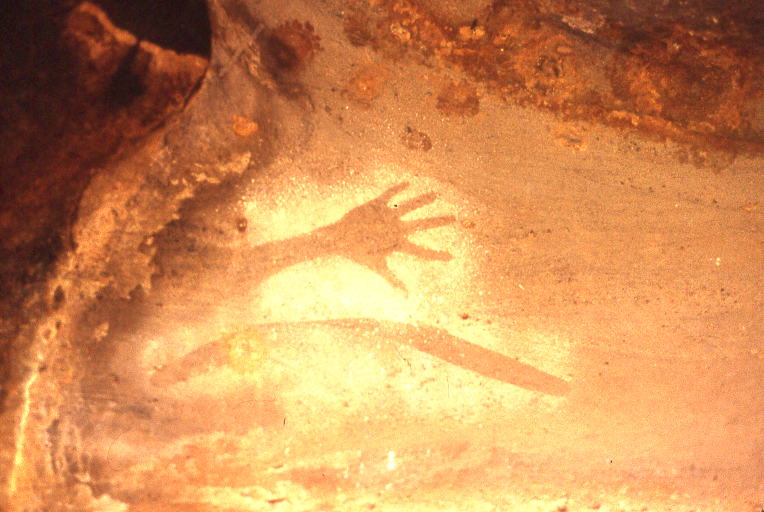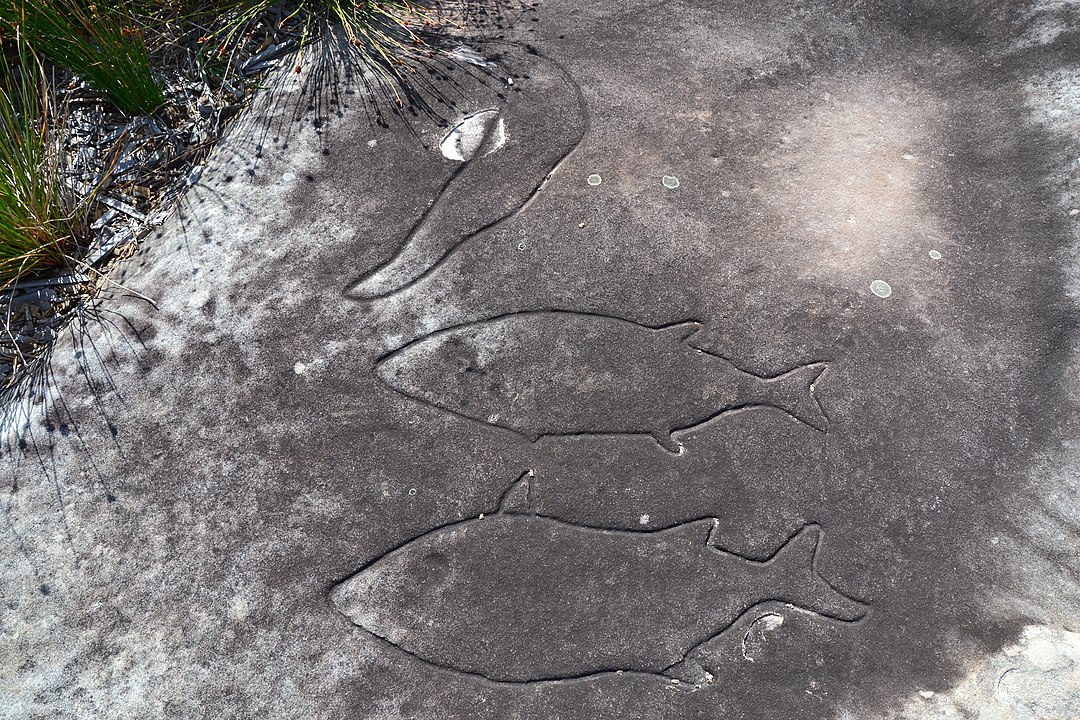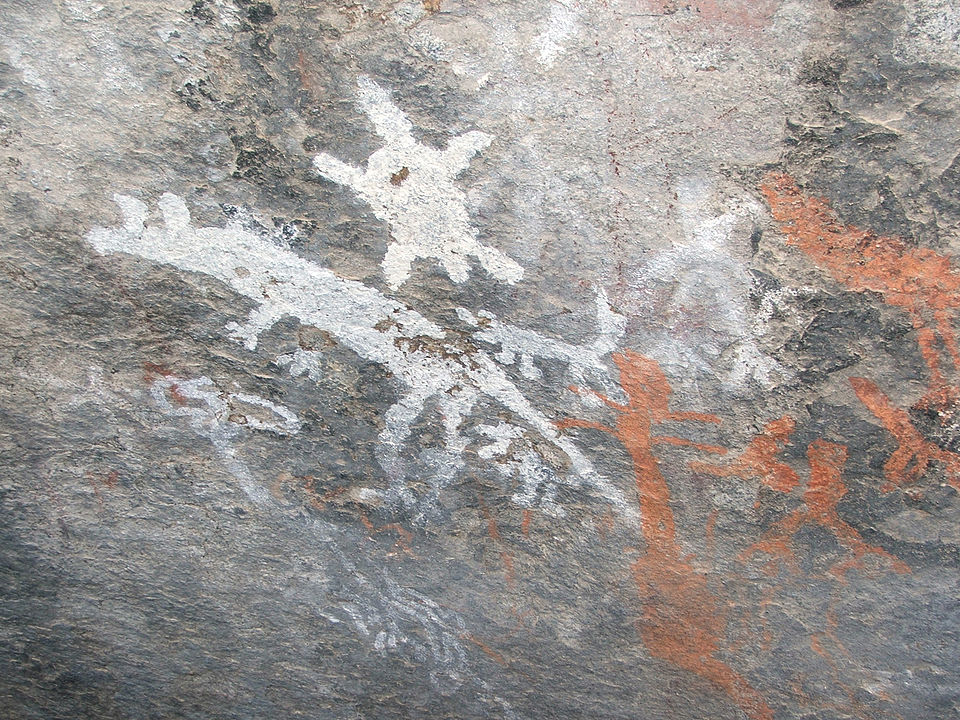In the recent years, the city in its manifold manifestations and diverse forms of appearance has become the object of interest and research for various disciplines. When a hundred years ago the dramatically changed space of the cities allowed the sociologists of the time to speak about the effect that a physically tangible environment can have on the human psyche, then now, at the beginning of the 21st century, we can talk about the city as a universal phenomenon, which is present even without immediate physical nearness.
The international seminar “Place and Location III” will focus on the city and the built environment, aiming to study the dynamic and culturally effective landscape, which in addition to visible static objects, contains things invisible or beyond our reach via traditional methods of analysis. To address the city in its complexity, the seminar wishes to create a plateau for interdisciplinary work, involving, on the one hand, urban practitioners (architects, planners) supported by research methods based on modern technology; and on the other hand, theorists from different fields of the humanities and social studies, who examine the city in a wider context of economic activities, conflicting interests and ideologies, and different practices of signification.
Abstracts
Three special panels are held within the seminar:
- Edgy urban perspectives
The panel wishes to rethink urban practices and to draw attention to the real uses of the urban space, its limits and openness, areas of prohibition and enjoyment, etc. Unearthing the reflections of social processes in space, and tracing different constructions of the city that reciprocally determine our uses of it should also open up a space for alternatives and interventions into the politics of the city. - Drawing maps
Focusing on the dynamic environment of the city, this panel addresses various ways of analysing and speaking about temporally changing and virtual urban processes. It wishes to explore the geographies of the user, the subjective and experimential landscape that escapes official records and tells a different stories about the city. Further on, it tries to find out how these personal “maps” have been appropriated into contemporary professional practice of urbanism. - Signs in urban space: a semiotic perspective
In the presentations of this section, objects in the urban space, man-made as well as natural, are semiotically analysed. How meaning is created in the urban space, what are the semiotic mechanisms of human–environment interaction in it, are some of the questions discussed within the framework of this part of the seminar.
PROGRAM
Thursday, September 19
9.30 Opening
SESSION I-A: Signs and Representations
10.00 Prof. Arto Haapala (University of Helsinki)
The Urban Identity: The City as a Place to Dwell
10.30 Prof. Peeter Torop (University of Tartu)
Spaces and Places
11.00 Discussion
11.30 Coffee
12.00 Prof. Rein Raud (University of Helsinki, The Estonian Institute of Humanities)
The Trajectories of Urban Social Space
12.30 Prof. Ewa Rewers (The Adam Mickiewicz University, Poznan)
Bridging: From Urban Perversion to Urban Immersion
13.00 Discussion
13.30–14.30 Lunch
SESSION I-B: Signs and Representations
14.30 Dr. Susanna Vihma (University of Art and Design, Helsinki)
Things as Companions: A Peircean Approach to Urban Place
15.00 Dr. Ossi Naukkarinen (University of Art and Design, Helsinki)
Mobile City
15.30 Dr. Natalia Zlydneva (Institute for Slavic Studies, Moscow)
Urban Fun
16.00 Discussion
16.15 Coffee
16.45 Prof. Pauli Tapani Karjalainen (University of Oulu, Finland)
Geo-Biography in an Urban Context
17.15 Dr. Kaia Lehari (Estonian Academy of Arts)
On Island
17.45 Dr. Virve Sarapik (UTKK/Estonian Academy of Arts)
City_topias and Islands
18.15–18.30 Discussion
19.00–20.30 Film Program
Friday, September 20
SESSION I-C: Signs and Representations
9.30 Dr. Dorothée Bauerle-Willert (Germany/Belgrade, Yugoslavia)
Culture, Place and Location
10.00 Prof. Nancy Burke (University of Warsaw)
The City: Urban Landscapes as Portrayed in Canadian Literature
10.30 Discussion
11.00 Coffee
SESSION II-A: Edgy Urban Perspectives
11.30 Dr. Jane Rendell (University College London)
A Place Between
12.00 Joanne Richardson (Fundatia Idea, Romania)
Sovereign Territory and Urban Nomadism
12.30 Sampo Ruoppila (University of Helsinki)
The Impacts of Private Commercial Projects
on Urban Spatial Structure of Post-socialist Tallinn
13.00 Discussion
13.30–14.30 Lunch
SESSION II-B: Edgy Urban Perspectives
14.30 Nicola Kirkham (University of Plymouth)
Nature as Protest
14.50 Hanno Soans (The Art Museum of Estonia)
The Place of Metabor
15.10 Anders Härm (Tallinn, Estonia)
Be Drunk, Be Very, Very Drunk
15.30 Discussion
16.00 Coffee
16.30 Chris Evans
Friends of The Divided Mind
16.50 Denis Romanovski (Minsk, Belarus)
Non-Image of the City
17.10–17.30 Discussion
SESSION III-A: Signs in Urban Space: A Semiotic Perspective
14.30 Kaie Kotov (University of Tartu)
Semiotic Condensators in Cityscape
14.50 Riste Keskpaik (University of Tartu)
Embodying the Past – Ruins, Monuments and Garbage
15.10 Inga Dorofejeva, Kerttu-Kaisa Kiviselg (University of Tartu)
The Signs of the City Space: Tourism as City's Image-Maker
15.30 Discussion
16.00 Coffee
16.30 Kadri Tüür (Under and Tuglas Literature Centre)
Semi-Natural Cities: Urban Landscape in Tõnu Õnnepalu’s Novels
16.50 Õnne Kepp (Tallinn Pedagogical University)
Possibility of Estonian City Poetry
17.10–17.30 Discussion
19.00 Film Program
Saturday, September 21
SESSION IV-A: Drawing Maps
9.30 Prof. Mark Gottdiener (University at Buffalo)
The Space of Signs; The Signs of Space
10.00 Dr. Altti Kuusamo (University of Helsinki)
Monumental Changes. The Expansion of the Functions and
Meaning of the Public Monument in Urban and Suburban Areas
10.30 Anti Randviir (University of Tartu)
Placing the City
11.00 Discussion
11.30 Coffee
12.00 Prof. Jussi S. Jauhiainen (University of Helsinki, University of Tartu)
On 21st Century Urban Revolutions
12.30 Office for Cognitive Urbanism (Vienna, Austria)
pedXing
13.00 Discussion
13.30–14.30 Lunch
SESSION IV-B: Drawing Maps
14.30 Klaske Maria Havik (The Netherlands)
Revealing Layers in the Urban Landscape
14.50 Toomas Tammis (Tallinn, Estonia)
Mapping Practices
15.10 Discussion
15.30 Coffee
16.00 Francesca Ferguson (Germany)
Urban Drift
Ieva Auzina (Latvia)
RIXC Media Space
16.40–17.00 Discussion
SESSION III-B: Signs in Urban Space: A Semiotic Perspective
14.30 Timo Maran (University of Tartu)
The City of Birds
14.50 Anneli Saro (University of Tartu)
Theatre as an Agent of Semiotisation of City Space
15.10 Discussion
15.30 Coffee
16.00 Vaidas Petrulis (Vytautas Magnus University, Kaunas)
1945–1965 Space and Ideology in Soviet Lithuania
16.20 Piret Viires (University of Tartu)
Metamorphosis of Mustamäe
16.40–17.00 Discussion
17.40 The Presentation of "The Users’s Guide to Tallinn"
Organisers:
Institute of Art History,
Estonian Academy of Arts
Under and Tuglas Literature Centre
Estonian Semiotic Society
Coordinators of the Conference:
Dr. Virve Sarapik, virve@eki.ee
Andres Kurg, kurg@artun.ee
Dr. Kaia Lehari, kti@artun.ee
Kadri Tüür, tyyr@ut.ee
Mari Laanemets, maria@artun.ee
Eva Näripea, eva.naripea@mail.ee
“Place and Location III” is supported by:
Cultural Endowment of Estonia
Ministry of Culture of the Republic of Estonia
Estonian Academy of Arts
The City of Tallinn
Goethe Institut




